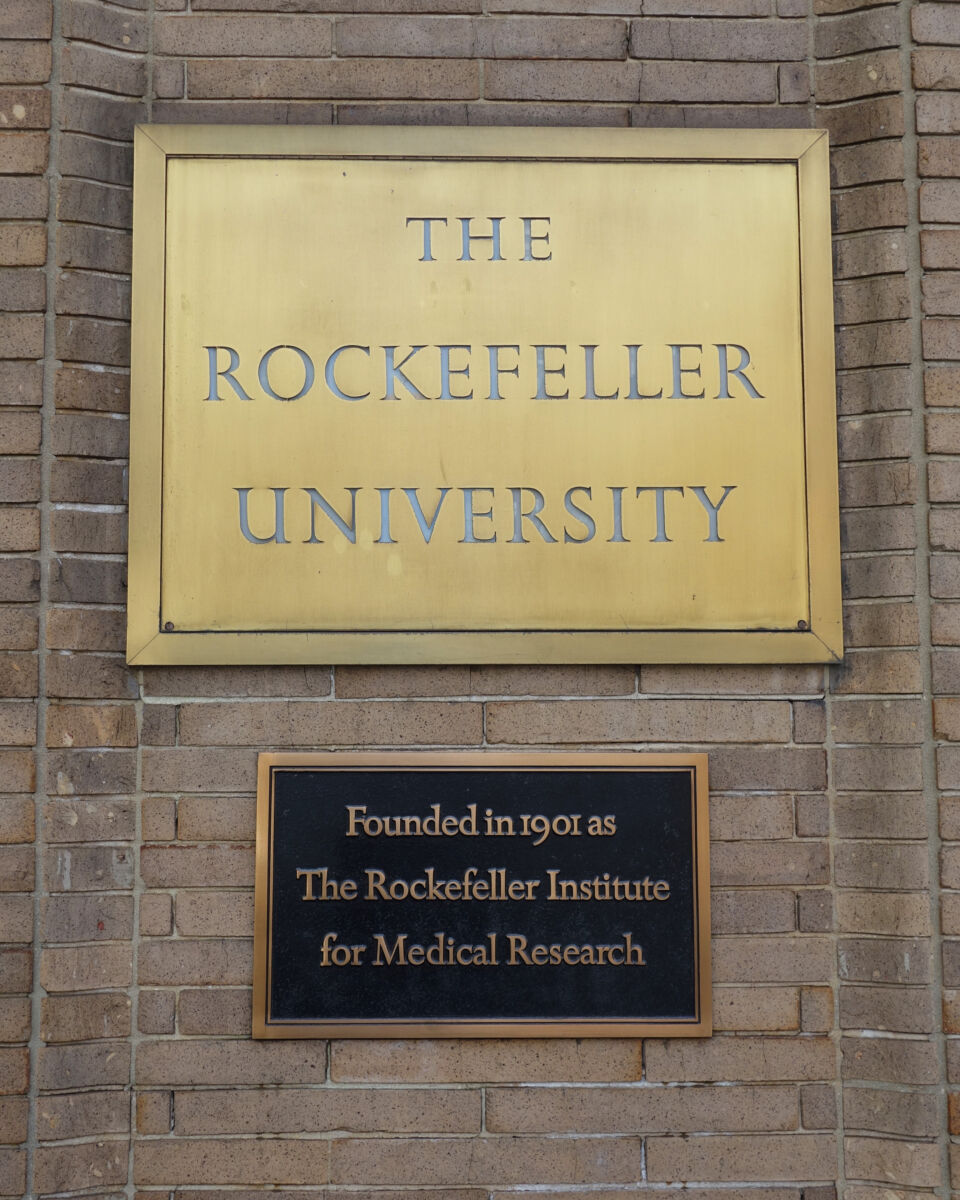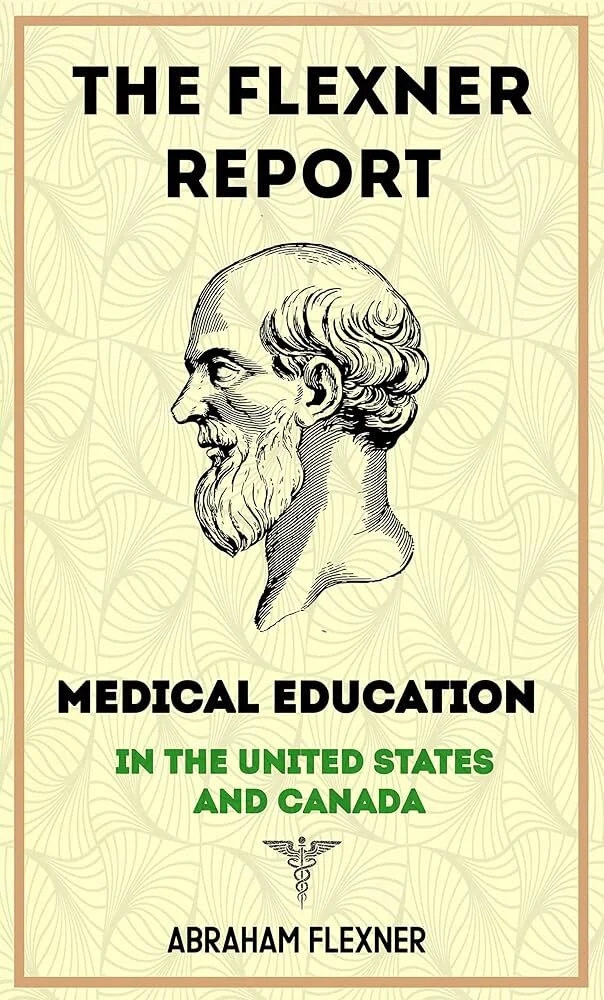9 Examples of Disinformation Propagated by the CDC that “Shattered the Public’s Trust in Science”
By Druthers Staff Writer
On April 29, 2022, two days after the US Department of Homeland Security announced its new Disinformation Governance Board, US Surgeon General Dr. Vivek Murthy asked the general public to send him examples of health misinformation. Little did he know what was in store for him. In a submission to the U.S. Surgeon General, Indiana’s Attorney General Todd Rokita joined with leading scientists Dr. Jay Bhattacharya and Dr. Martin Kulldorff and set out nine examples of disinformation propagated by the CDC and other health organizations that have “shattered the public’s trust in science and public health and will take decades to repair”.
May 2, 2022.
The Office of the Surgeon General requested information on the prevalence of health misinformation during the COVID-19 pandemic and the impact of such misinformation on the U.S. public health system in order to be better prepared to respond to a future public health crisis.
We agree that misinformation has been a major problem during the pandemic. The spread of inaccurate scientific information has made it difficult for the public to make the right decisions to protect themselves, their families, and their communities from COVID-19 and the collateral public health damage arising from the pandemic countermeasures. As such, the disinformation has led to great harm in the lives and livelihoods of Americans. We submit the following examples of disinformation from the CDC and other health organizations that have shattered the public’s trust in science and public health and will take decades to repair.
Don’t lose touch with uncensored news! Join our mailing list today.
#1 Overcounting COVID-19: The official CDC numbers for COVID-19 deaths and hospitalizations are inaccurate. The official tallies include many people who have died with, rather than from, COVID-19. CDC has not distinguished deaths where COVID-19 was the primary cause of death, where COVID-19 was a contributing cause of death, or where the death was entirely unrelated to COVID-19, but they incidentally tested positive.
There are three reasons for this problem. (i) The counting of COVID-19 cases and deaths is unlike the way that public health counts the incidence and mortality caused by other diseases; physicians have been advised to fill out death certificates to privilege COVID-19 as a proximal cause, even when the medical facts suggest otherwise. (ii) The population-wide testing to identify asymptomatic individuals infected with the SARS-CoV-2 virus is unprecedented in human history. (iii) Although it would have been easy, CDC has not conducted random national surveys of medical charts to determine what proportion of reported COVID-19 deaths were truly due to COVID-19. Ex-post audits of death certificates and medical records in Santa Clara County and Alameda County, California, for instance, found that in ~25% of death certificates in which COVID19 was labelled as the primary cause of death, other causes of death were more likely. The peer-reviewed literature confirms that COVID-19 is overcounted in other developed countries. Ex post audits of death certificates should be conducted to establish an accurate death count from COVID-19.
#2 Questioning Natural Immunity: There has been consistent questioning and denying of natural immunity after COVID-19 recovery. Using seriously flawed studies, CDC falsely claimed that natural immunity is worse than vaccine acquired immunity. In October 2020, the CDC director published a “memorandum” in The Lancet, questioning natural immunity. Most critically, by mandating vaccination for people who have recovered from COVID-19, the government, corporations, and universities de facto deny natural immunity.
For scientists, this has been the most surprising disinformation. We have known about natural immunity since the Athenian Plague in 430 BC; other coronaviruses generate natural immunity; and throughout the pandemic, we knew that the COVID-19 recovered have good natural immunity if and when they get exposed the next time. That is, six months after the start of the pandemic, we had epidemiological evidence that natural immunity lasts at least six months; a year into the pandemic, we knew that natural immunity lasted at least one year, and so on.
#3 COVID-19 Vaccines Prevent Transmission: The CDC director and other health officials falsely claimed that the COVID-19 vaccine prevents the transmission of COVID-19 to others. This was also the rationale for vaccine mandates and passports — to prevent the spread of the virus to others. At the time, we did not know, and it turned out to be wrong. When the COVID-19 vaccines were approved for emergency use, the manufacturers presented randomized controlled trials (RCTs) that showed that the vaccines reduced symptomatic disease. The trials were not designed to determine whether they could also limit transmission or prevent death, even though they could have been designed to do so. As it turned out, vaccinated individuals spread the disease to others. While it was unfortunate that the RCTs were not designed to answer the disease transmission question, it is irresponsible for public health officials to claim that they did when the RCTs did not even attempt to answer that question.
#4 School Closures Were Effective and Costless: In the United States, most schools were closed for in-person teaching for some time, and many schools were closed for over a year. This decision was based on false claims that it would protect children, teachers, and the community at large. Already in the early summer of 2020, we knew this was false. Sweden was the only major Western country to keep schools open throughout spring 2020 without masks, social distancing, or testing. Among these 1.8 million children ages 1 to 15, there were zero COVID-19 deaths, only a few hospitalizations, and teachers did not have a higher COVID-19 risk than the average of other professions.
Moreover, while older people living with a working-age adult had a higher COVID-19 risk, there was no evidence that also living with a child increased that risk further. In a July 2020 New England Journal of Medicine article evaluating school closures, they did not mention the Swedish data and evidence, which is like evaluating a new drug without including data from the placebo comparison group. Despite clear evidence on the safety of keeping schools open, misinformation led to many schools being closed for over one year.
#5 Everyone is equally at risk of hospitalization and death from COVID-19 infection: Though public health messaging has blunted this fact, there is more than a thousand-fold difference in the risk of hospitalization and death for the old relative to the young. Though the risk of death is high for the old and some other vulnerable populations with severe chronic illness, the risk posed to children from COVID-19 infection is on par with the risk posed by a bad influenza season. Surveys indicate, however, that both old and young overestimate the risk of death from COVID-19 infection. This misperception about risk is harmful because it leads to demand for policies – such as school closures and lockdowns – that were themselves harmful.
#6 There was no reasonable policy alternative to lockdowns: Even from the beginning of the pandemic, the sharp age-gradient in the risk of severe disease on COVID-19 infection has provided an alternative to the lockdown-focused policies that many U.S. states adopted – focused protection of the aged and otherwise vulnerable. In October 2020, along with Prof. Sunetra Gupta of Oxford University, we wrote the Great Barrington Declaration – a public petition that proposed heightened measures to protect the vulnerable and a return to near-normal life for the less vulnerable (including the opening of schools). Tens of thousands of doctors and scientists signed the Declaration in opposition to lockdowns. In the Declaration itself and in supporting documents, we offered many concrete policy suggestions for better protecting the vulnerable, including reduced staff rotations in nursing homes, free home delivery of groceries and other essentials offered to older people living in the community, paid sabbatical leave or alternative work arrangements for older workers, and many other policy options. We also invited the public health community to join in thinking creatively about other ideas to protect the vulnerable. As subsequent research has confirmed, it was clear even at the time that lockdowns could not protect the vulnerable (nearly 80% of COVID19 deaths have occurred among the elderly in the U.S.). Meanwhile, countries like Sweden, which did not implement lockdowns, have had near-zero overall excess death over the last two years of the pandemic. Lockdowns are an aberration– a sharp deviation from traditional public health management of respiratory epidemics – and a catastrophic failure of public health policy.
#7 Mask mandates are effective in reducing the spread of viral infectious diseases: Contrary to assertions by some public health officials, mask mandates have not been effective in protecting most populations against COVID19 risk. The SARS-CoV-2 virus spreads by aerosolization. Unlike larger viral droplets, which are pulled by gravity to the ground shortly after emission, aerosols are tiny particles that can persist in the air for extended periods. Aerosols escape through gaps of poorly fitted masks, greatly reducing their ability to stop disease spread. Cloth masks, in particular, cannot stop aerosols, and even well-fitted N95 masks have diminished capacity to stop viral transmission when they become moist from breathing. It is thus unsurprising that the highest quality evidence available – randomized trials –conducted both before and during the pandemic find that masks are ineffective at stopping the spread of respiratory viruses in most settings when worn by untrained people.
#8 Mass testing of asymptomatic individuals and contact tracing of positive cases is effective in reducing disease spread: Mass testing of asymptomatic individuals with contact tracing and quarantining of people who test positive has failed to substantively slow the progress of the epidemic and has imposed great costs on people who were quarantined even though they posed no risk of infecting others. Three facts are crucial to understanding why this policy has failed. First, even close contacts of someone who tests positive for the SARS-Cov-2 virus are unlikely to pass the disease on. In a large meta-analysis of household contacts of asymptomatic positive cases, only 3% of people living in the same home got sick. Second, the PCR test that has been used to identify asymptomatic infections often returns a positive result for people who have dead viral fragments, are not infectious, and pose no risk of infecting others. And third, the contact tracing system becomes overwhelmed whenever cases start to rise, leading to long delays in contacting new cases. At precisely the moment when contact tracing might be needed, it cannot do its job. At the same time, quarantining people is costly – for workers without adequate sick leave, absenteeism due to contact tracing means pay cuts, lost opportunities, and perhaps even an inability to feed families. For children, it means more skipped lessons and missed opportunities for academic and social growth at school, with long-run negative consequences for their future prospects. In the U.K., an official government review determined that its 37 billion pound investment in contact tracing was a waste of resources. The same is undoubtedly true in the United States.
#9 The eradication of COVID-19 is a feasible goal: Throughout the pandemic, from “two weeks to flatten the curve” and onwards, the suppression of the spread of COVID-19 has been an explicit policy goal. Implicitly, public health leaders have made the suppression of COVID-19 spread to near-zero levels the endpoint of the pandemic. However, SARS-CoV-2 has none of the characteristics of a disease that can be eradicated. First, we have no technology to reduce the spread of the disease or meaningfully alter disease dynamics. Lockdowns and social restrictions fail because only people who can afford to work from home without losing their job can comply over long periods. While we have vaccines that can help prevent hospitalization or death resulting from COVID-19 infection, the vaccines wane in efficacy against COVID-19 infection and cannot stop transmission. Second, there are many animal hosts for SARS-CoV-2 and evidence of transmission between mammals and humans. One USDA study in late 2021 found that nearly 80% of white-tailed deer in the U.S. had evidence of COVID-19 antibodies. Dogs, cats, bats, mink, and many other mammals can get COVID-19. So even if the disease were eradicated among humans, zoonotic transmission would guarantee that it would come back. Finally, eradication takes a global commitment from every country – an impossible goal since COVID-19 eradication is far from the most pressing public health problem for many developing countries.














